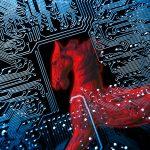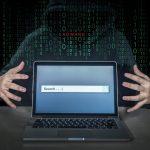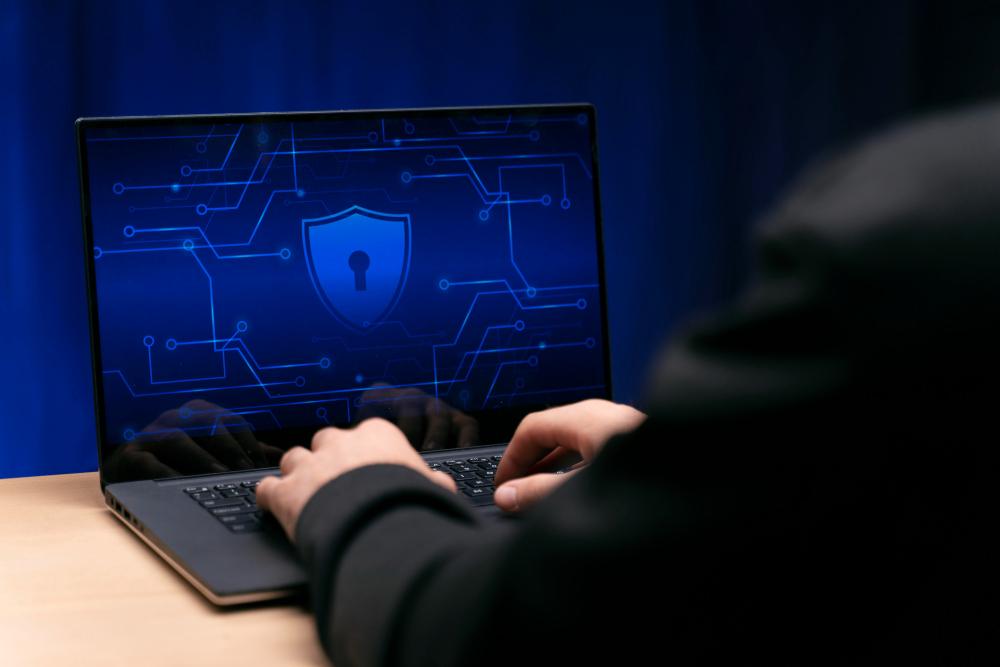The LA Botnet virus has emerged as a significant concern for cybersecurity professionals and everyday users alike. This malware, first identified in early 2024, has demonstrated a sophisticated ability to infiltrate systems, causing widespread disruption and data theft. Understanding the nature of the LA Botnet virus, its actions, and the steps necessary to remove and prevent it is crucial for maintaining cybersecurity in today’s digital age.
What is the LA Botnet Virus?
The LA Botnet virus is a type of malware designed to create a network of compromised computers, known as a botnet, that can be controlled remotely by cybercriminals. Once a computer is infected, it becomes part of this network, often without the user’s knowledge. The botnet can then be used for various malicious activities, including distributed denial-of-service (DDoS) attacks, data theft, spam distribution, and more.
Actions and Consequences
Infection Vector: The LA Botnet virus typically spreads through phishing emails, malicious attachments, or compromised software downloads. Once the malware is executed, it silently installs itself on the victim’s machine.
Malicious Activities:
- Data Theft: The malware can steal sensitive information, including personal data, login credentials, and financial information.
- DDoS Attacks: Infected computers can be used to launch DDoS attacks against websites and online services, causing them to become slow or entirely inaccessible.
- Spam Distribution: The botnet can send out massive amounts of spam emails, further propagating the malware and other malicious content.
- Remote Control: Cybercriminals can remotely control the infected systems, executing commands and accessing files.
Consequences:
- Loss of Data: Sensitive data can be exfiltrated, leading to identity theft or financial loss.
- System Performance: Infected computers often experience slowdowns and instability due to the malware’s activities.
- Legal and Financial Repercussions: Businesses affected by DDoS attacks or data breaches may face legal actions and financial losses.
Detection Names
The LA Botnet virus is detected under various names by different cybersecurity vendors. Some common detection names include:
- Trojan.LABotnet
- Win32/LABot.A
- Backdoor:MSIL/LABot
- Botnet.LAB
Similar Threats
The LA Botnet virus shares characteristics with other notorious botnets and malware, such as:
- Mirai Botnet: Known for exploiting IoT devices to launch large-scale DDoS attacks.
- Zeus Trojan: A banking Trojan that steals financial information.
- Emotet: Initially a banking Trojan, it has evolved into a modular threat used to deliver other malware.
Comprehensive Removal Guide
Removing the LA Botnet virus requires a thorough and methodical approach to ensure complete eradication and to prevent reinfection. Follow these steps carefully:
Step 1: Disconnect from the Internet
Disconnecting from the internet helps prevent the malware from communicating with its command and control servers.
- Unplug your Ethernet cable or turn off Wi-Fi.
- If you are using a laptop, switch to airplane mode.
Step 2: Boot into Safe Mode
Booting into Safe Mode can prevent the malware from starting automatically.
- For Windows:
- Restart your computer.
- Press and hold the F8 key before the Windows logo appears.
- Select “Safe Mode with Networking” from the menu.
- For Mac:
- Restart your Mac.
- Press and hold the Shift key until the Apple logo appears.
- Release the key when you see the login window.
Step 3: Delete Temporary Files
Removing temporary files can help eliminate parts of the malware that may be hiding.
- Open “Run” (Windows key + R).
- Type
tempand press Enter. - Delete all files in the temporary folder.
Step 4: End Suspicious Processes
Identify and end processes associated with the LA Botnet virus.
- Open Task Manager (Ctrl + Shift + Esc).
- Look for unfamiliar processes, especially those consuming high resources.
- Right-click and select “End Task” for suspicious processes.
Step 5: Remove Malware Files
Delete files and folders related to the LA Botnet virus.
- Open “File Explorer” and navigate to commonly targeted directories such as:
%AppData%%LocalAppData%%ProgramData%
- Look for suspicious folders and files, such as random-named executables or recently modified files.
- Delete identified malware files.
Step 6: Clean the Registry
Cleaning the Windows Registry can help remove malware entries.
- Open “Run” (Windows key + R).
- Type
regeditand press Enter. - Navigate to the following paths:
HKEY_CURRENT_USER\Software\HKEY_LOCAL_MACHINE\Software\
- Look for and delete suspicious entries.
Step 7: Update and Scan with Built-in Security Software
Ensure your operating system and built-in security software are up-to-date, then run a full scan.
- Update Windows Defender (Windows) or XProtect (Mac).
- Perform a full system scan and follow prompts to remove detected threats.
Step 8: Restore from Backup
If the infection is severe, consider restoring your system from a recent backup.
- Ensure your backup is clean and was made before the infection.
- Follow your operating system’s restore procedure.
Step 9: Change Passwords
After removing the malware, change all your passwords, especially for online accounts and sensitive services.
- Use strong, unique passwords for each account.
- Enable two-factor authentication where possible.
Best Practices for Preventing Future Infections
To prevent future infections and enhance your cybersecurity posture, follow these best practices:
- Regular Updates: Keep your operating system, software, and antivirus programs updated.
- Email Vigilance: Be cautious with email attachments and links, especially from unknown sources.
- Strong Passwords: Use complex passwords and change them regularly. Utilize a password manager if necessary.
- Backup Data: Regularly back up your data to an external drive or cloud service.
- Firewall and Security Settings: Ensure your firewall is enabled and properly configured.
- Safe Browsing Habits: Avoid visiting suspicious websites and downloading software from untrusted sources.
- User Education: Educate yourself and others about common cyber threats and safe computing practices.
By following these guidelines and remaining vigilant, you can protect your systems from the LA Botnet virus and other malicious threats.





